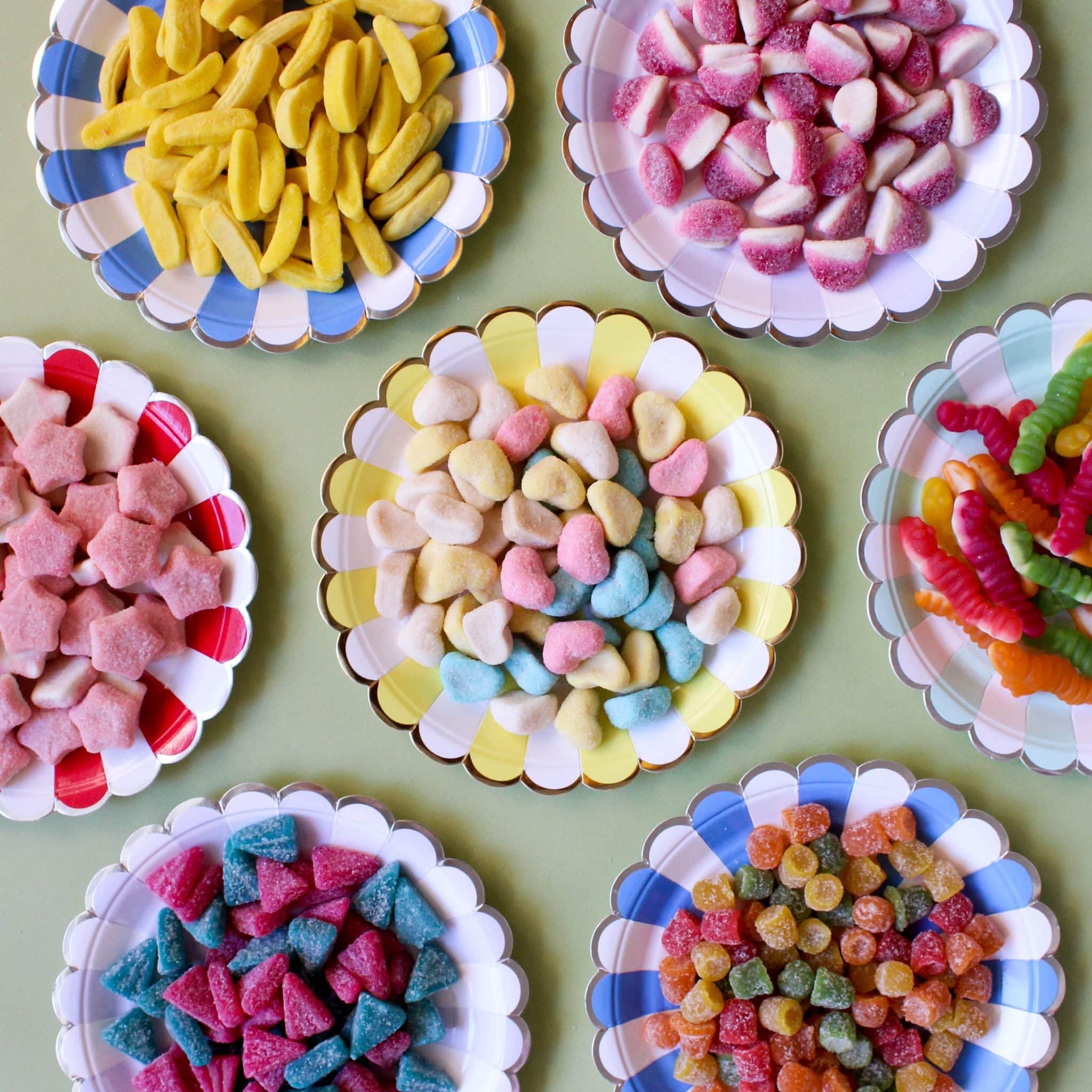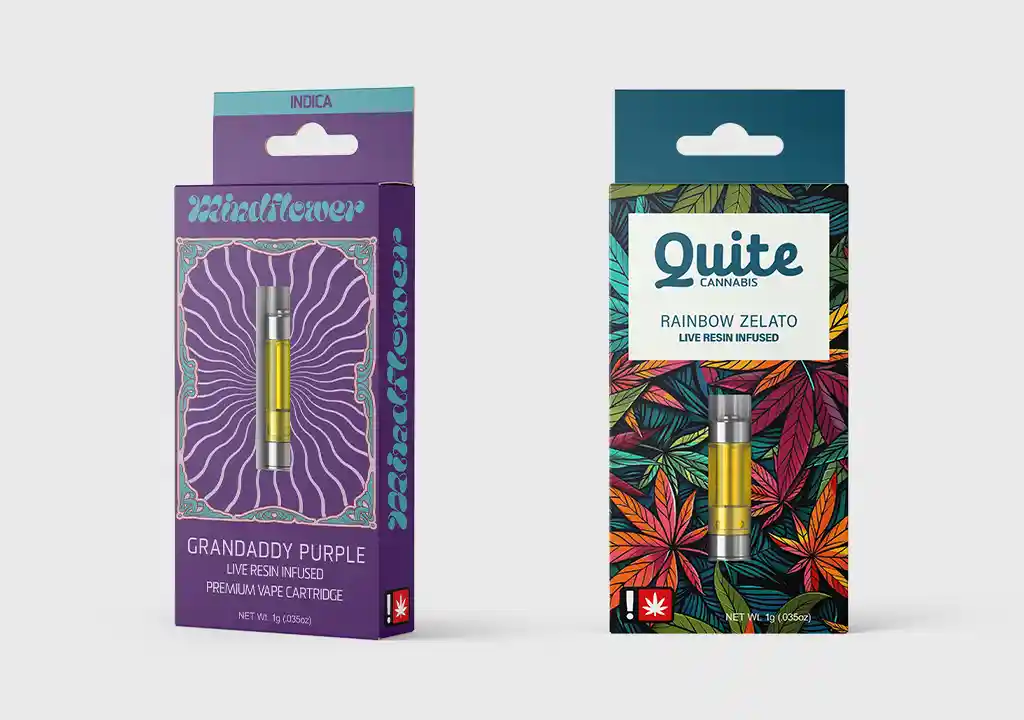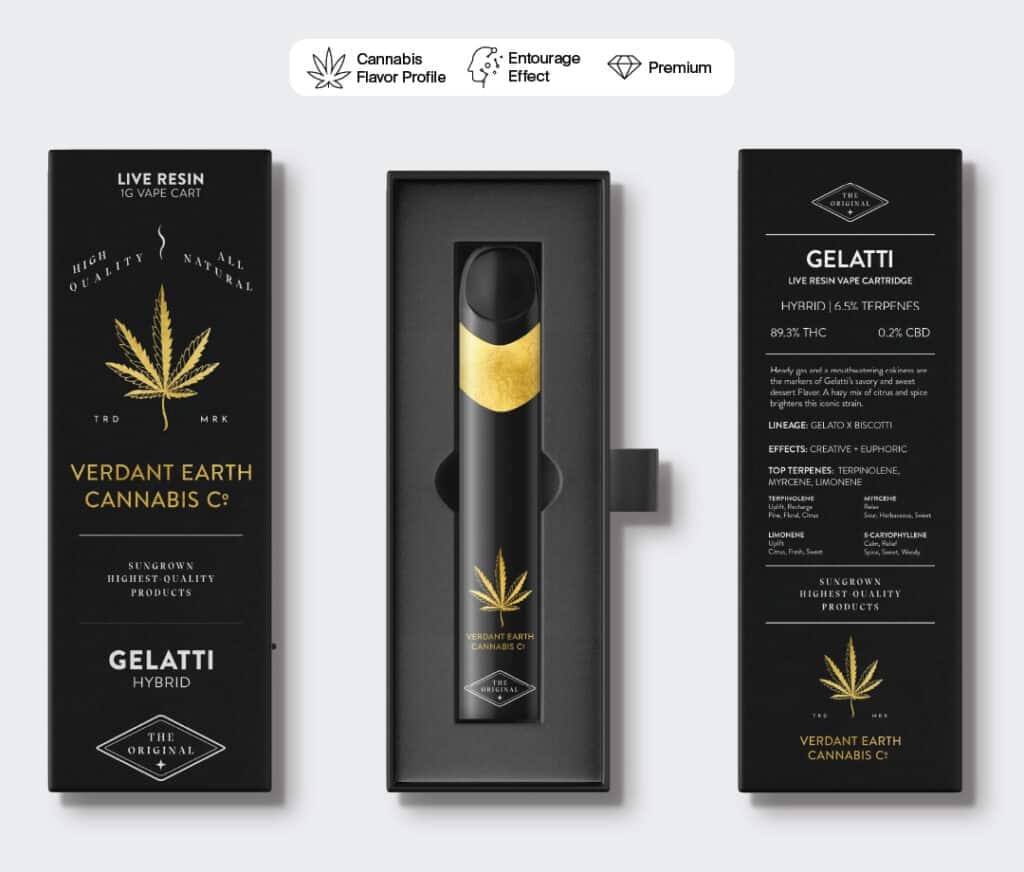October 23, 2019
The Changing Landscape of CBD in Food

CBD, otherwise known as cannabidiol, is one of the 113 identified cannabinoids found in the cannabis and hemp plant families and accounts for up to 40% of the plant’s extract. CBD has been recently gained major interest and attraction from the public as a docile, non-psychoactive, introductory way to enjoy the holistic benefits of this long-stigmatized plant. The 2018 United States Farm Bill removed hemp from the definition of marijuana in the Controlled Substances Act, opening the door for (semi-legal) national sale of CBD extractions, which are now being used to infuse all manner of food, beverage, skincare products, and other consumables.
However, CBD products are still held to the same standards and requirements as FDA-regulated products that contain added substances, meaning that adding CBD to food is currently illegal. Other than one federally-recognized prescription drug for epilepsy patients, the FDA has not approved any other infused CBD products. Despite this fact, and the hard truth that selling CBD-infused foods could land a business in legal troubles with the authorities, production of CBD-infused products have not halted or even slightly slowed down across the United States. After one Denver-based Carl’s Jr franchise debuted and quickly sold out of their one-day-only, $4.20 CBD extract infused burger, it became clear to the mainstream media that the public was hungry for more information and options, regardless of legal consequence.
The quality, consistency and source material of CBD extracts tend to run the gamut, but the majority fall into two categories: full spectrum oils and isolates. Neither of these extraction types offer much in the way of flavor, and rarely hang on to the original terpene profiles from the mother plant. This is why companies like True Terpenes have created near-identical, botanically derived aromatic terpene concentrations that can give life back to CBD infused foods. Their precision profiles offer carefully blended terpene combinations to create desired outcomes, like making a CBD infused blueberry muffin that can smell & ‘feel’ like the Blue Dream cannabis cultivar. With an abundance of CBD extracts and alternate plant-based terpenes, there is no limit the combinations that can be achieved when creating a CBD infused consumable item.
Current market trends on CBD infused products can be easily pinpointed by audience demographic and brand strategy. A company catering to an audience over 60 might opt for an ingestible CBD oil capsule, bypassing the flavor experience altogether to create a more medicinal-feeling product. Conversely, CBD infused candies and baked goods are geared towards the 21-34 range, their packaging and marketing popping with bright colors and flavorful terpene combinations, featuring blissful urbanites pulling infused gummies from their hiking bags. There are even rumors that Matha Stewart is advising a cannabis company on a line of CBD products for humans and pets.
As it stands, infusing CBD into foods is remarkably good for business. It has been called the ‘chillest’ food trend of 2019 by hordes of media sources, and makes for a great marketing ploy. Any company with a reputable CBD source and smart retailing can charge top dollar for an otherwise ‘normal’ snack that has been wondrously transformed into a stress-relieving, anxiety-reducing delicacy that would fetch far more than the normal asking price. As always, consumers are encouraged to do their research before placing trust into companies that would make any health claims, as making claims are strictly forbidden and heavily enforced by many state authorities who allow CBD infused food sales in recreational cannabis dispensaries.
CBD infused coffees are widely understood to help offset the jittery feeling that accompanies a caffeine dose, while coconut-oil based sublingual tinctures are accepted as a fast-acting, anxiety-reducing options for those who don’t want to wait on the digestive system. Gummy bears, sparkling water, breakfast cereal and popcorn have all been utilized as carriers for CBD extracts, with no calculable end in sight. The caveat: it must be either delicious or flavorless. While the regulation of CBD is a gray area, the flavor of it is not – the grassy, cherry cough syrup flavor is not generally sought after, and so it demands to be masked with spices, terpenes, or other additives.
While long term research on the benefits of CBD are only in the beginning stages of medical research, the compound is steadily inching towards dominant market share in the realms of health supplements and wellness alternatives. In combination with aromatic terpenes from reputable, long standing sources such as True Terpenes, CBD infused foods will likely become more and more commonplace as lawmakers work to open up the strict regulations and more traditional brands recognize the growing national interest, working to annex a piece of the American CBD-infused pie. As the wonder drug that has been publicized as ‘too big to fail’, hopes are up that we will see a more inclusive landscape of cannabis and hemp-infused foods sitting side by side with non-infused food in the end caps of grocery aisles and shelves of drugstores.
Ayla H. Buckner @aylahannahcreative




